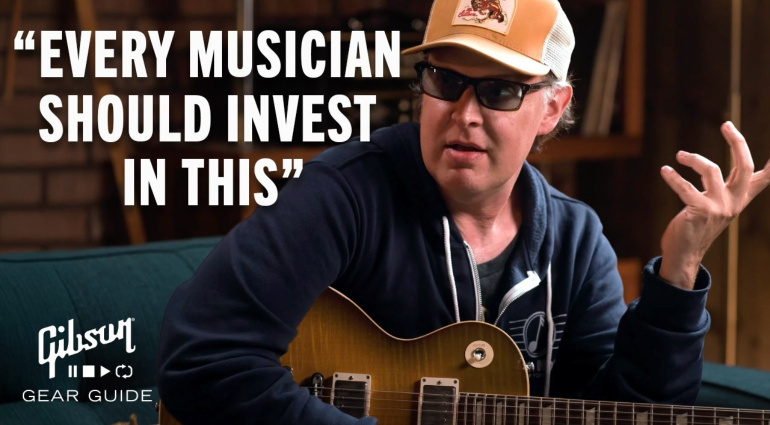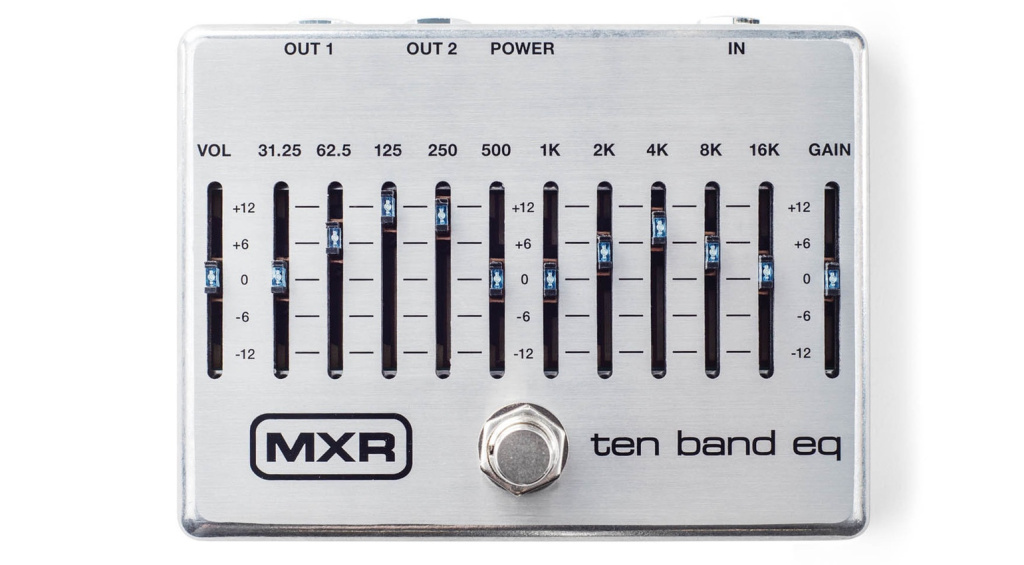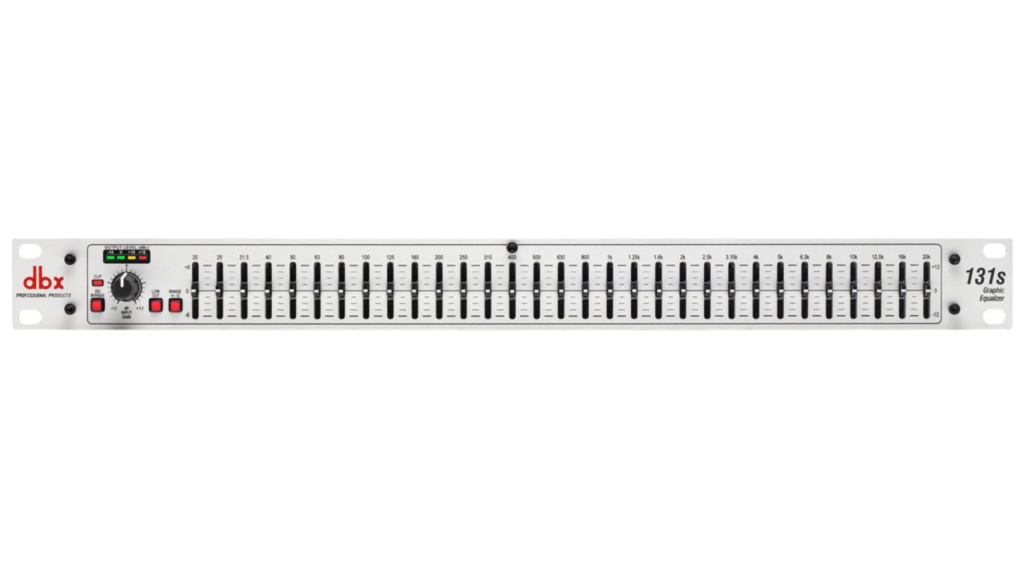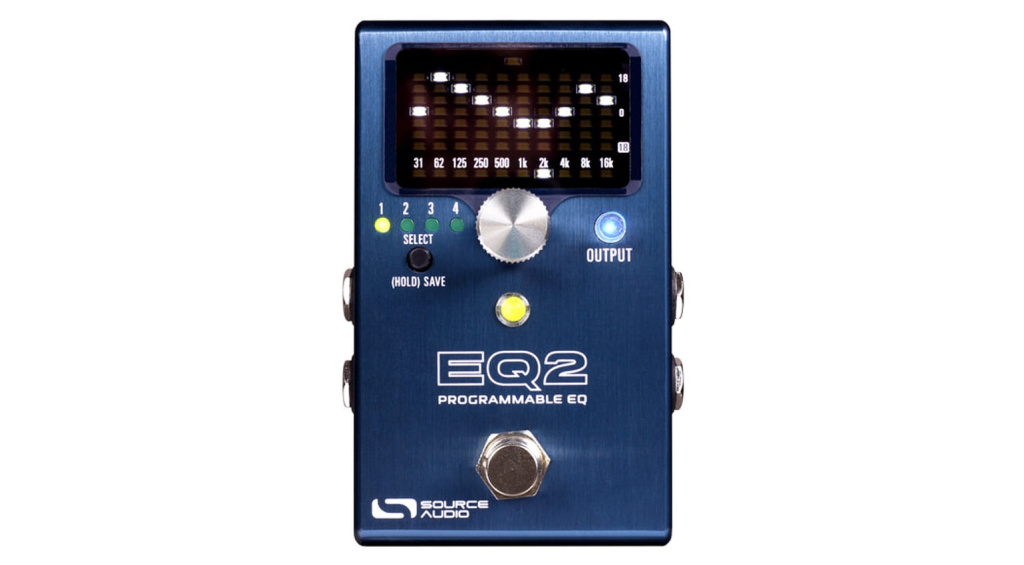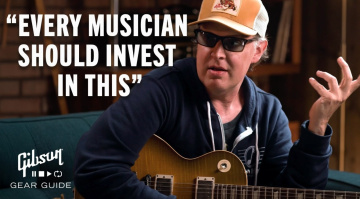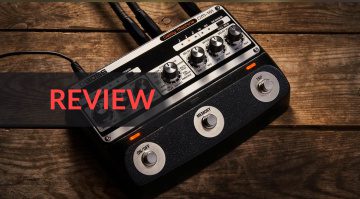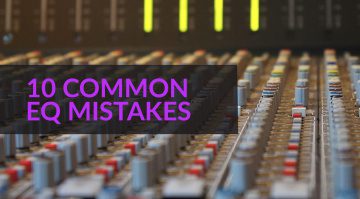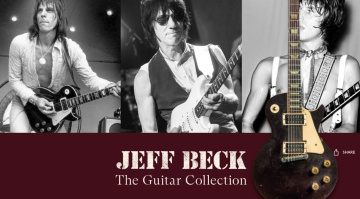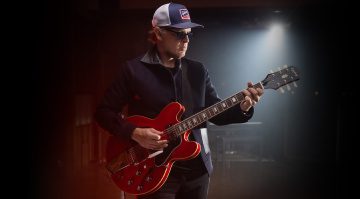Joe Bonamassa’s Valuable Advice for Every Guitarist
An equalizer is what you need!
In a recent interview, Joe Bonamassa opens up and explains why an equalizer is so indispensable and trains our understanding of a good guitar sound.
Joe Bonamassa Shares Valuable Tips
The Equalizer as an Indispensable Tool
Why does our guitar sound absolutely convincing and satisfying at home, but not at the next gig or rehearsal? And with the same setup? All the settings are the same, and yet you have the feeling that something has changed. Everyone has probably experienced this, including Joe Bonamassa. In the video below, he gives a valuable tip that also reminded us of how important an equalizer and its effects are to sound good – in any location!
Psychoacoustics is a Problem
The problem is the frequencies that, in the optimal mixing ratio in our living room, produce a great sound to our ears. The guitar plays alone in our room, the bass sounds fat, the mids and highs are wonderfully present and crystal clear. At the evening band rehearsal in the rehearsal room, everything changes. The guitar no longer cuts through the mix and the sound is unsatisfactory. What happened? All frequencies are mixed together – that’s the ‘problem’. The bassist’s fat bass is drowning out the guitar’s fat sound. The drummer’s cymbals and hi-hat almost drown out the fine, silvery highs of your Stratocaster.
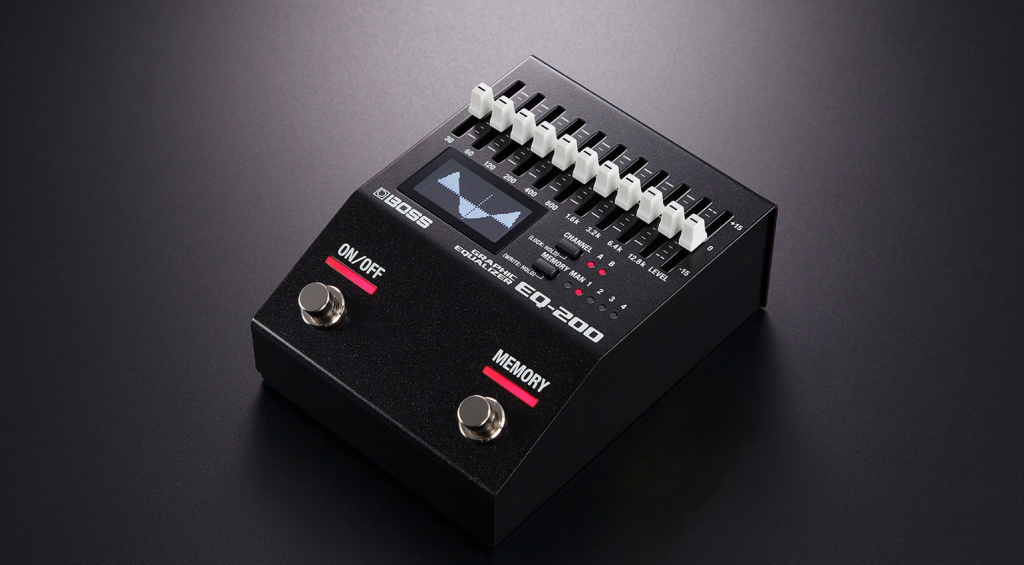
Now, it’s certainly not a matter of beating the different instruments up against each other and finding someone to blame. The perception is different. In the band structure, other frequencies are necessary and more important to achieve a good and assertive overall sound.
Joe Bonamassa’s Recommendation
Joe Bonamassa recommends that you be aware of these frequencies. You need to know which frequencies are responsible for which problems. This is the only way to target problematic areas. To learn what each frequency does, everyone should get a 31-band equalizer and run through the frequencies and listen to what they do. The critical frequency range for the guitar is between 350 Hz and 2.5 kHz.
This range contains the solution to almost all guitar sound problems. The bass guitar is below that range, between 100 Hz and 250 Hz. Depending on the genre, it may be a little lower. This carries on for all the other instruments in a band.
31-Band and Pedal-Based EQ
If you want to explore and manipulate the entire frequency spectrum, a 31-band equalizer is essential. It provides the most insight and is recommended as an educational and helpful tool. But smaller pedal-based models also do a great job. We have listed a few pedals for you below. You should be able to find one to suit your needs.

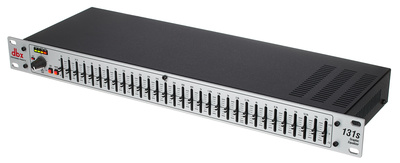

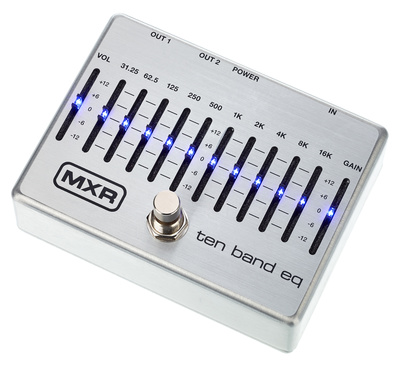

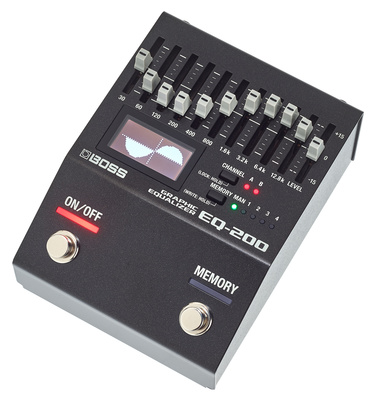

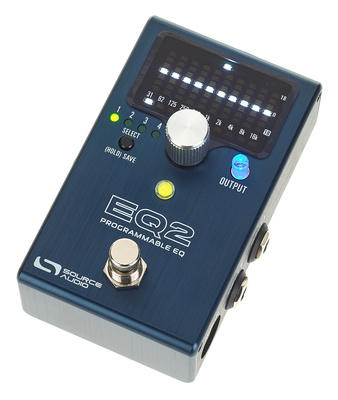

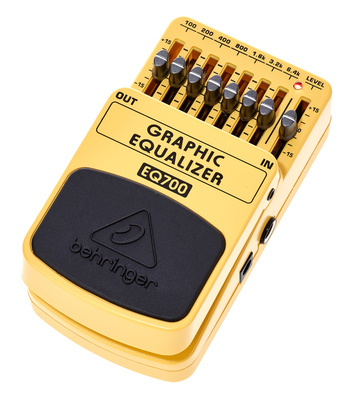
Hopefully this brief summary has helped you a little and whetted your appetite. An EQ can also be used simply as a booster or to match the sound of different guitars. The possibilities are endless.
More Information
- Boss Website
- MXR Website
- DBX Website
- Source Audio Website
- More about Joe Bonamassa on GEARNEWS
*Please note: This article contains advertising links that help us pay for this site. Don’t worry: the price for you will always be the same! If you buy something through these links, we will receive a small commission. Thanks for your support!
 2,6 / 5,0 |
2,6 / 5,0 | 